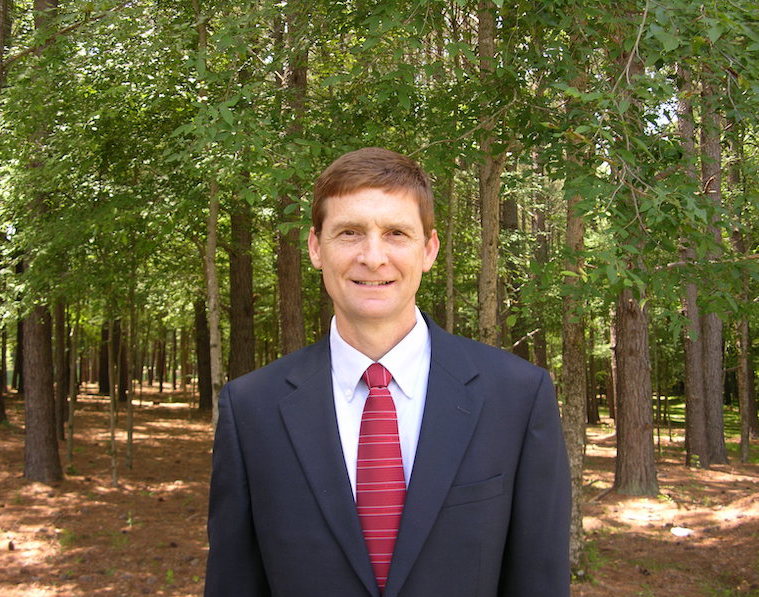Q: What is going on with the Super Bowl field’s grass? (via text during the second half)
A: Within 24 hours of the Super Bowl ending, I received at least a dozen comments or questions about the Super Bowl field. It started with colleagues and friends, but by noon Monday I had requests for information or interviews from reporters from various media outlets.
Internet posts on the field and how it performed were plentiful. The first posts on the subject were generally related to the turfgrass cultivar, the cost of the field, and the in-game slippage issues. Many focused on the concept that Tahoma 31 was a relatively new grass developed by Oklahoma State University. Writers often made a link between its newness and it not having been used as an NFL grass, neither of which were true.
Then some post-game sports talk shows and social media posts turned a bit condemnatory of the people in charge of preparing the field for the event. Several discourteously alluded to George Toma’s age and his relationship with the Kansas City Chiefs. When the sports field managers were not “made available by the NFL,” the negativity quickly turned toward the decisions made by NFL leadership. Following the trend established with pandemic politics, later social media posts often focused more on where to place the blame than learning about the problem.
I was a little surprised by how interested people outside the turfgrass industry were in the Super Bowl field. I wonder if the interest would have been as high if the announcers had not kept bringing it to the viewer’s attention with slow-motion replays of sliding feet. A Washington Post article written about the field’s condition two days after the Super Bowl had more than 500 comments in the first 48 hours after it was published. I read the comments, and they were made by sports fans who had next to zero knowledge of turfgrass management. Then social media continued to stir the pot with various conspiracy theories.
But modern-day Super Bowls have components of art and science. There are so many challenges with putting on the pageantry of a Super Bowl that are beyond a regular home football game. Unfortunately for Super Bowl LVII, there was a clash when the activities on the field met the biology of growing the turfgrass. I do not think anybody was happy about how the field performed – most of all George Toma, who addressed the chain of events that led to the field’s problems in a post-retirement interview.
So, let me end by pointing out a few positives. First, the situation highlighted the importance of the turfgrass surface for an athlete’s safety and potentially the outcome of a game. Second, I believe a strong message was sent to the NFL that there need to be changes in how a field is prepared and used leading up to the Super Bowl. Mistakes happen, but we must learn from them. Third, sports field managers at any location can use this example to increase their involvement in the decision-making process regarding how a field is used and managed to ensure that the field is ready. No person is better equipped for making field decisions than the sports field manager.
Lastly, I would like to thank George Toma for his years of service to this industry. You have been a great ambassador for sports field managers… “and then some.”
Grady Miller, Ph.D.
Professor and Extension Turf Specialist
North Carolina State University
Questions?
Send them to Grady Miller at North Carolina State University, Box 7620, Raleigh, NC 27695-7620, or e-mail grady_miller@ncsu.edu
Or send your question to Pamela Sherratt at 202 Kottman Hall, 2001 Coffey Road, Columbus, OH 43210 or sherratt.1@osu.edu


